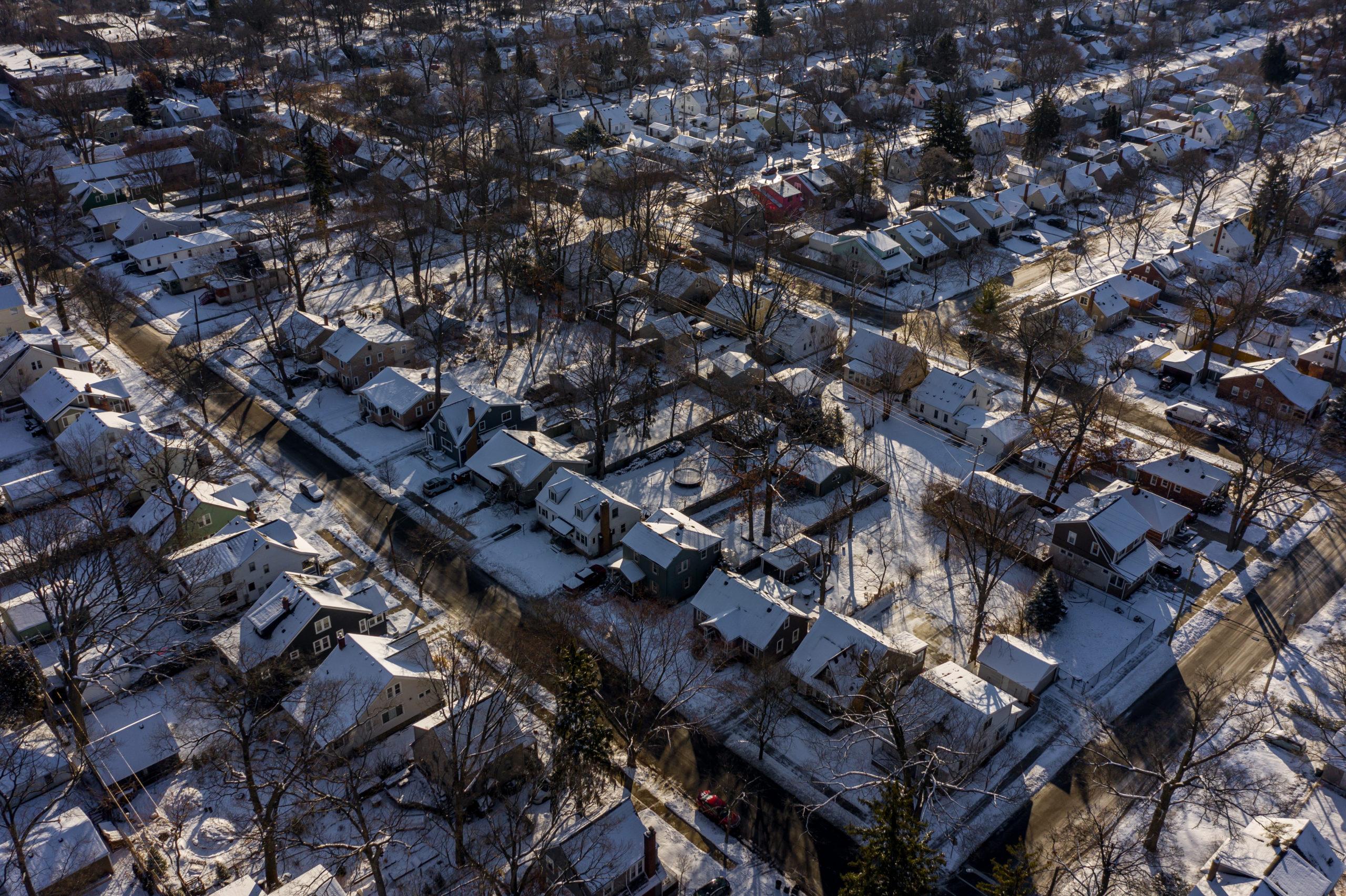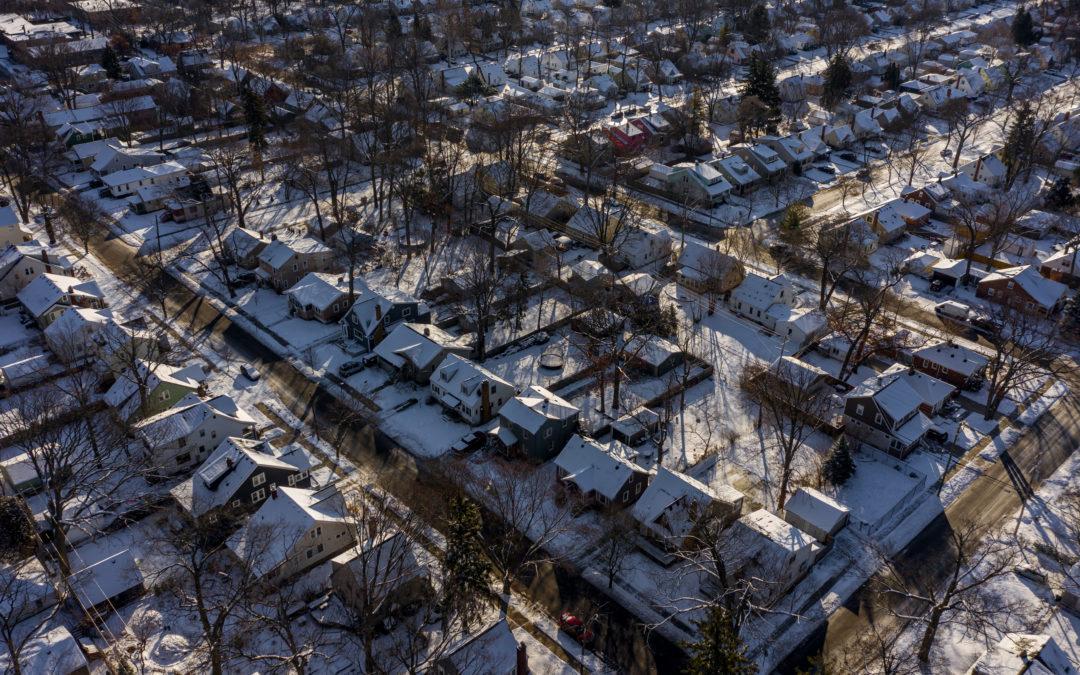Now that we are smack in the middle of another Michigan winter, we want to help you stay safe during these frigid months. The snowy elements can be quite beautiful and nostalgic but the reality is that winter weather can create safety concerns that you and your family should keep in mind.
First, all snow is not the same. Here are the main types of winter precipitation:
- Powdery snow – falls through freezing air without melting. It lands on the ground and trees — and our power lines — but is light and easily blown away. It typically doesn’t pose an issue for the delivery of your power.
- Heavy, wet snow – same as above, but in this case, the temperature above the earth’s surface is just above freezing (32 degrees Fahrenheit). This makes the snow melt slightly, adding more moisture. It more easily packs and can build up on trees and power lines.
- Freezing rain – frozen precipitation melts in a layer of warm air, then freezes on impact when it reaches cold surfaces (below 32 degrees Fahrenheit). When it settles on tree limbs and power lines and freezes, it can add considerable weight.
DID YOU KNOW: A standard power line can handle a half-inch of ice buildup. That adds up to 500 pounds — roughly the weight of a baby grand piano!
Despite the potential for heavy buildup of ice on our power lines, we have constructed the grid to handle that weight. The problem comes with tree branches. A half-inch of ice increases the weight of a single tree branch by about 3,000 percent. That means the ice-covered branch is struggling to support the weight of a Toyota Corolla — SNAP!
While tree species in Michigan and the energy grid are relatively resilient, placing the weight of a baby grand piano or an automobile on it either means you should always keep looking above you in winter. In short, if freezing rain or heavy snow is coming down, it’s critical that you’re aware of your surroundings and prepared to respond safely.
Keep the following tips in mind:
- Look up to know what’s down. Spotting a downed power line can be tough in the winter. The color of the lines blend in with the bare, and the snow can damage equipment. We recommend looking up at power lines to better position yourself to identify hidden dangers.
- Stay a 3-point shot away Consider all power lines energized and stay at least 20 feet away – the length of the 3-point line at your high school gym – from them and anything they may come into contact with. Remember not all lines flash, smoke or buzz. A silent, seemingly lifeless black wire can still deliver a deadly shock and can energize the ground and objects around it.
- Call it in. Once you’re out of harm’s way, call 9-1-1 or contact us at 800.477.4747 to report the downed power line. Don’t assume someone else will do it. By reporting the issue right away, you’ll help us identify a potential public safety hazard quickly so we can prioritize our response.
DID YOU KNOW:
- Tree trimming never stops, even in the winter months. There are certain species of trees we only trim in the winter, so you will see us out in all kinds of weather trimming trees from around lines to improve your power reliability!
- Frostbite is a big concern for our crews. “I have several friends in the business who have gotten frostbite,” one crew leader told us, stressing why his team bundles up with the right protective gear. “It’s something we all take really seriously.”
Visit dteenergy.com/wiresafety for more info about how to be safe around electricity.
You may see more of our crews in the coming months as part of our accelerated electric reliability projects in your area, including more tree trimming and infrastructure updates. All these projects are underway to improve your service and reliability for the short- and long-term.
Make sure to regularly check the Wayne community page to learn more about what’s going on in your neighborhood. You can also follow DTE on Facebook and Twitter for even more updates and information.

